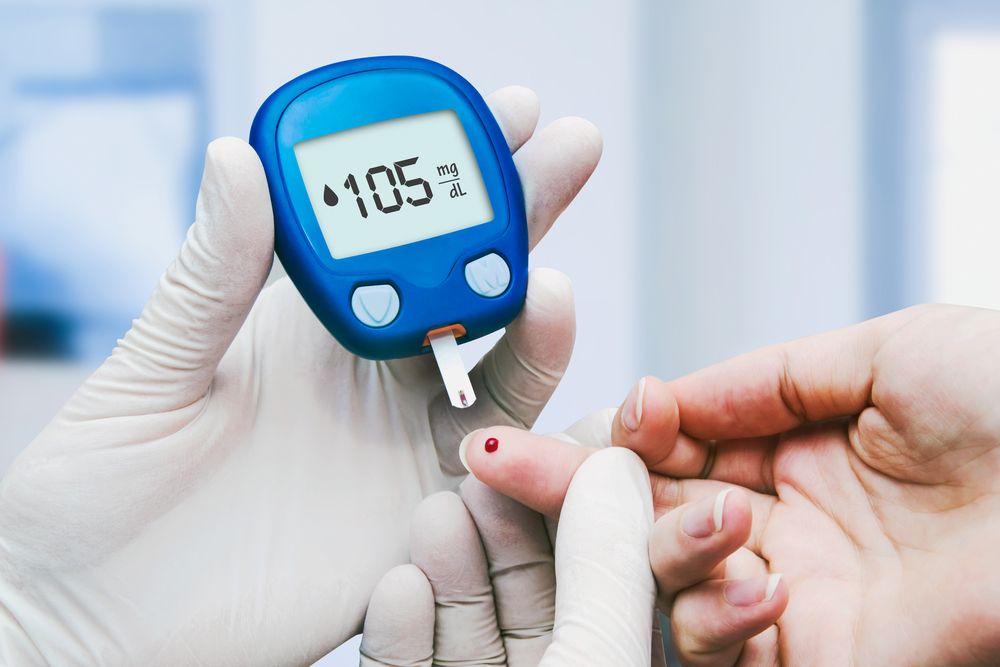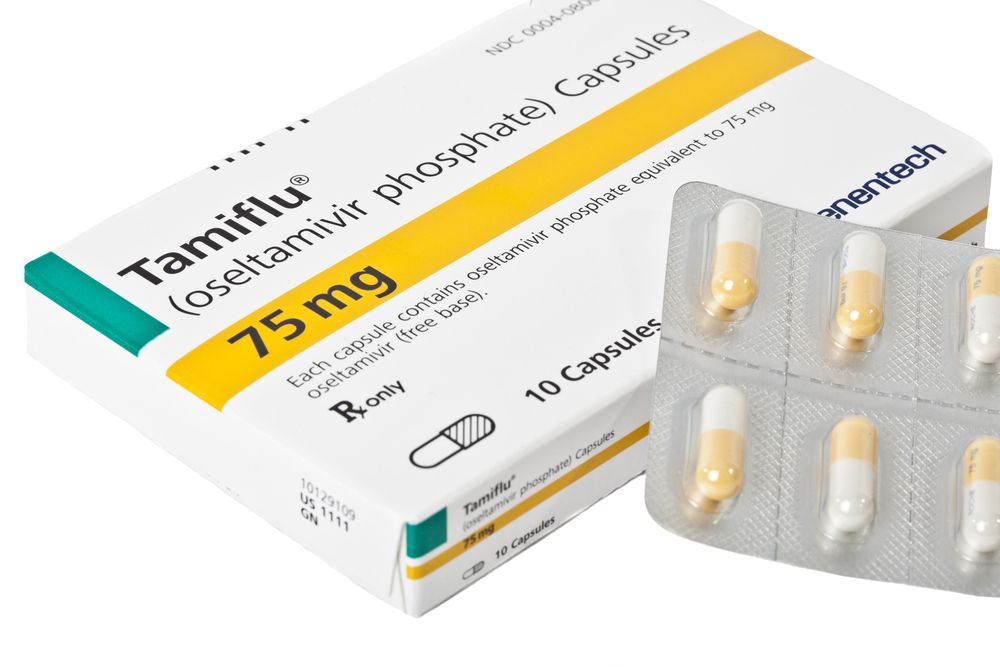Inflammation occurs when there is tissue damage as a result of an injury, disease, or disorder, or if your immune system is not functioning properly. (Learn More – Inflammation in the Body)
There are generally two classes of drugs that are directly designed to reduce inflammation: corticosteroids and nonsteroidal anti-inflammatory drugs. (Learn More – Drugs to Reduce Inflammation)
Corticosteroids are synthetic drugs that are designed to be chemically similar to the hormone cortisol. They can be used to reduce inflammation. (Learn More – Corticosteroids)
Although corticosteroids can be effective, there are risks associated with their use. (Learn More – Risks and Benefits of Corticosteroids)
Nonsteroidal anti-inflammatory drugs (NSAIDs) can also be used to reduce inflammation. (Learn More – Nonsteroidal Anti-inflammatory Drugs [NSAIDs])
Some NSAIDs can be purchased over the counter. (Learn More – Over-the-Counter NSAIDs)
While people tend to think that all over-the-counter medications are safe, some precautions should be observed with the use of over-the-counter NSAIDs. (Learn More – Precautions for OTC NSAIDs)
Prescription NSAIDs are also available. These can be different from over-the-counter NSAIDs, or they may be the same over-the-counter medication, just sold at a higher potency. (Learn More – Prescription NSAIDs)
Whether an NSAID is a prescription drug or available over the counter, there are risks associated with taking these medications, (Learn More – Risks Associated With NSAIDs) side effects that are relatively common but not potentially dangerous, (Learn More – Other Side Effects of NSAIDs) and rare and potentially dangerous side effects. (Learn More – Rare but More Dangerous Side Effects)
Anti-inflammatory drugs are generally safe for most people if taken as directed. (Learn More – A Final Word)
Inflammation in the Body
Inflammation often occurs as a result of tissue damage or infection, or when the body’s defense system (immune system) is not functioning properly. Your white blood cells and other immune system cells may attack the tissues in your body, leading to inflammation and damage.
Inflammation typically presents as swelling, redness, warmth, and pain in the affected area.
Medications designed to reduce inflammation are typically classified into two different groups: corticosteroids and nonsteroidal anti-inflammatory drugs (NSAIDS). Some of the drugs in the latter class can be purchased over the counter.
Corticosteroids
Corticosteroids are synthetic or man-made medications that resemble the naturally occurring hormone cortisol. These drugs are typically just referred to as steroids, but they are different from the anabolic steroids associated with athletic abuse.
Corticosteroids have significant benefits, but they also come with some side effects. Drugs in this class include methylprednisolone, prednisone, and cortisone and require a prescription.
Administration of Corticosteroids
Steroids can be administered in many different ways, depending on the targeted area and condition being treated. They can be given locally in the form of injections or creams, orally, or intravenously.
 Steroids reduce the production of the chemicals in your system that lead to inflammation. This helps to reverse the activity of the immune system and reduce tissue damage.
Steroids reduce the production of the chemicals in your system that lead to inflammation. This helps to reverse the activity of the immune system and reduce tissue damage.
Risks and Benefits of Corticosteroids
Steroids can reverse tissue damage and can be lifesaving in people who have disorders like lupus. When the kidneys are affected, the use of steroids might eliminate the possibility that the person needs a kidney transplant or dialysis.
Low doses of steroids often provide significant relief from stiffness and pain for people with rheumatoid arthritis. Higher doses are commonly used to address extreme flare-ups.
The downside of steroids is that there is a potential to develop side effects and tissue damage that can include:
- Weight gain and increased appetite.
- Mood swings.
- Increased potential to bruise.
- Increased susceptibility to infection.
- An increase in body hair, visual issues (blurred vision), acne, or a swollen or puffy look to the face.
- An increased risk for osteoporosis.
- Exacerbation of existing diabetes or hypertension.
- The development of glaucoma or cataracts.
Nonsteroidal Anti-Inflammatory Drugs (NSAIDs)
Nonsteroidal anti-inflammatory drugs (NSAIDs) can be used to address stiffness, inflammation, and pain that occur with many different conditions, including osteoarthritis, overexertion, dental pain, and menstrual cramps. NSAIDs may also be useful in reducing fever in some cases.
Like corticosteroids, they may block the production of chemicals that result in inflammation.
Over-the-Counter NSAIDs
Over-the-counter (OTC) NSAIDs are typically lower in dosage or strength than their prescription counterparts. The common OTC NSAIDs are:
- Naproxen (Aleve).
- Ibuprofen (Advil or Motrin).
- Aspirin products like Bayer aspirin, Anacin, Bufferin, or Excedrin.
OTC NSAIDs can be effective at treating mild issues with inflammation due to arthritis or other injuries.
Precautions for OTC NSAIDs
The general recommendation for OTC NSAIDs is to never use them for more than 10 days for pain, or more than three days for fever, without consulting a physician.
 These drugs typically work rather quickly. Depending on the drug, the effects can last from two to eight hours.
These drugs typically work rather quickly. Depending on the drug, the effects can last from two to eight hours.
Everybody is different, however. Some people may need to take them for longer periods to see an effect.
Prescription NSAIDs
Prescription versions of NSAIDs are often given for more severe issues like rheumatologic disorders (rheumatoid arthritis) and moderate or severe issues associated with osteoarthritis. These are typically taken one to four times a day.
Prescription NSAIDs include drugs like Celebrex (celecoxib), Nalfron (fenoprofen), or the gel Voltaren (diclofenac). OTC NSAIDs like ibuprofen and naproxen can also be obtained in higher doses with a prescription.
Risks Associated With NSAIDs
The Food and Drug Administration (FDA) has evaluated the risks associated with using NSAIDs and found that there are some potential risks.
- NSAIDs can increase the risk of stroke or heart attack, particularly in people who have diabetes, high blood pressure, or high cholesterol. Even people without these conditions may have an increased risk as well.
- Higher doses of NSAIDs and longer use significantly increase the risk of cardiovascular problems like stroke or heart attack.
- NSAID use can increase the risk of stomach ulcers or intestinal bleeding, especially in older people.
- Chronic NSAID use may increase the risk of liver damage.
Other Side Effects of NSAIDs
Some other common side effects of NSAIDs may also occur, particularly if you are taking higher doses. These include:
- Nausea, vomiting, stomach pain, gas, or bloating.
- Constipation or diarrhea.
- Heartburn.
The chance of these side effects can be reduced by taking the drug with food or milk. Other side effects that might occur include:
- Lightheadedness or mild headaches.
- Dizziness.
- Issues with balance or coordination.
- Mild issues with concentration.
Rare but More Dangerous Side Effects
In addition to the above side effects, some rarer side effects might require immediate contact with your physician. These include:
-
- Any signs of an allergic reaction, such as rash, hives, or peeling skin.
- Any swelling that might suggest fluid retention, such as swelling of the mouth, lips, tongue, ankles, lower legs, hands, or around the eyes.
- Rapid and unusual weight gain.
- Unexplained bleeding or bruising.
- Ringing in the ears.
- Bloody or blackish stools or blood in the urine.
- Vomiting, especially if you see blood or material that looks like coffee grounds in your vomit.
- Any onset of severe pain associated with taking the drug.
- Fatigue, blurred vision, or headache.
A Final Word
When taken correctly and under the supervision of the physician, anti-inflammatory drugs are generally safe for most people. If you suffer from inflammation, pain and stiffness that may be due to inflammation, you should first talk to your doctor regarding what treatment approach would be best for you.
References
What Is inflammation? (September 2018). WebMD.
Corticosteroids. (October 2018). Healthline.
Pain Relievers (Also Called: Analgesics, Pain killers, Pain Medicines). (June 2019). MedlinePlus.
Health Hints: Use Caution With Pain Relievers. (December 2015). Food and Drug Administration.
Medications – Non-Steroidal Anti-Inflammatory Drugs. (April 2019). Better Health Channel.















































